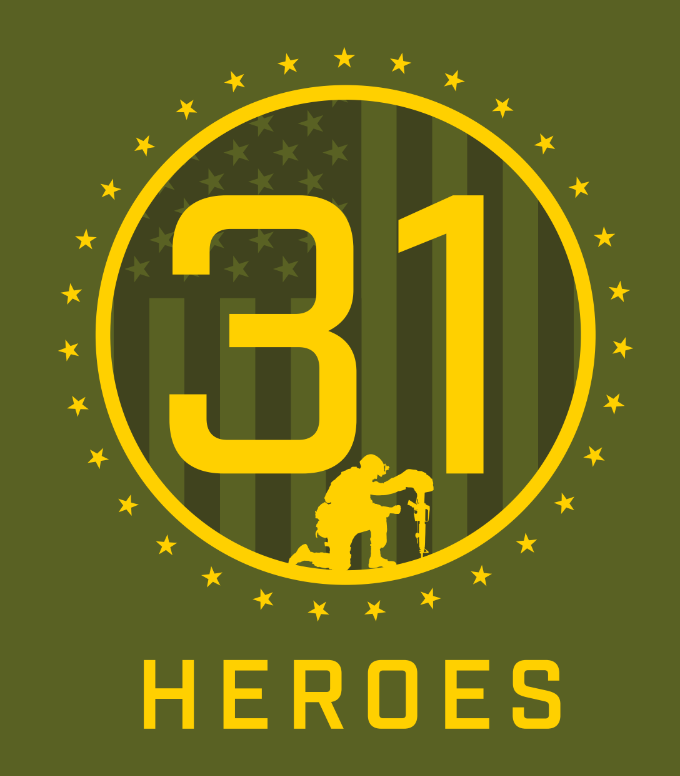Lacrosse History
Lacrosse was invented by Native North Americans. Its name was dehuntshigwa’es in Onondaga (“men hit a rounded object”), da-nah-wah’uwsdi in Eastern Cherokee (“little war”), Tewaarathon in Mohawk language (“ little brother of war”), and baaga ‘adowe in Ojibwe (“ bump hips”).

The game was named lacrosse by French missionaries. It is widely and inaccurately believed that the name stems from the French term “Crosse”, for the shepherd’s crook-like crosier carried by bishops as a symbol of office. Jesuit missionary Jean-de-Brébeuf noted the resemblance between the crosier and the shape of the racket stick in the Relation des Jésuites around 1640. In fact, the term Crosse is a general word in French for any type of bat or stick used in a ball game. The name lacrosse is simply a reflection of this term, and perhaps shorthand for a phrase such as “le jeu de la crosse” (the game of the stick).
Lacrosse traditionally had many different purposes. Conflict resolution and training of young warriors were only one part of the game. Games could be played on a pitch over a mile wide and sometimes lasted for days. Often players were gravely injured or even killed. Early balls were made out of the heads of the enemy, deerskin, clay, stone, and sometimes wood. Lacrosse has played a significant role in the community and religious life of tribes across the continent for many years. Early lacrosse was characterized by deep spiritual involvement, befitting the spirit of combat in which it was undertaken. Those who took part did so in the role of warriors, with the goal of bringing glory and honor to themselves and their tribes, and as a religious ritual. The game was said to be played “for the pleasure of the Creator.”
Lacrosse has witnessed great modifications since its origins in the 15th century, but many aspects of the sport remain the same. In the Native North American version, each team consisted of about 100 to 1,000 men on a field that stretched from about 500 yards to a couple of miles long. These lacrosse games lasted from sun up to sun down for two to three days. These games were played to settle inter-tribal disputes, toughen young warriors in preparation for future combat, and give thanks to the Creator. The Algonquin tribes referred to the sport as “baggatway”. The game became known to Westerners when a French Jesuit Missionary, Jean de Brébeuf, saw how the Iroquois Natives played it in 1636.
By the 19th century, lacrosse evolved into a less violent game and more of a sport as French pioneers began competing. In 1856, Dr. William George Beers, a Canadian dentist, founded Montreal Lacrosse Club and in 1867 he codified the game, shortening the length of each game and reducing the number of players to ten per team. The first game played under Beers’ rules was at Upper Canada College in 1867, with Upper Canada College losing to the Toronto Cricket Club by a score of 3–1. By the 1900s, high schools, colleges, and universities began playing the game, and lacrosse was contested as a medal sport in the 1928 and 1932 Olympics.
In the 1930s, an indoor version of the game, box lacrosse, was introduced in Canada. It quickly became, and remains the dominant form of the sport in that country. A later version of box lacrosse, indoor lacrosse, is played professionally in Canada and the United States.
Up through the 1990’s lacrosse was a sport that was growing in popularity on the east coast of the U.S., including Delaware, New York, New Jersey, Pennsylvania, Virginia, and the New England states. However, its popularity has started to spread west to Colorado, California, Texas, and the Midwest, spurred by the sport’s increasing visibility in the media, the growth of college and high school programs, and youth or “pee wee” leagues throughout the country. Currently, there are only two NCAA Division I men’s lacrosse teams west of the Mississippi River: the Air Force Academy and the University of Denver. The growth of lacrosse was also facilitated by the introduction of plastic heads invented by Baltimore-based stick maker STX in the 1970s. This innovation reduced the weight and cost of the stick and allowed for faster passes and gameplay.
SOURCES
Bob Scott (1976) “Lacrosse: Technique and Tradition.” Baltimore: The Johns Hopkins University Press.
David G. Pietramala and Neil A. Grauer (2006) “Lacrosse: Technique and Tradition, The Second Edition of the Bob Scott Classic.” Baltimore: The Johns Hopkins University Press.
